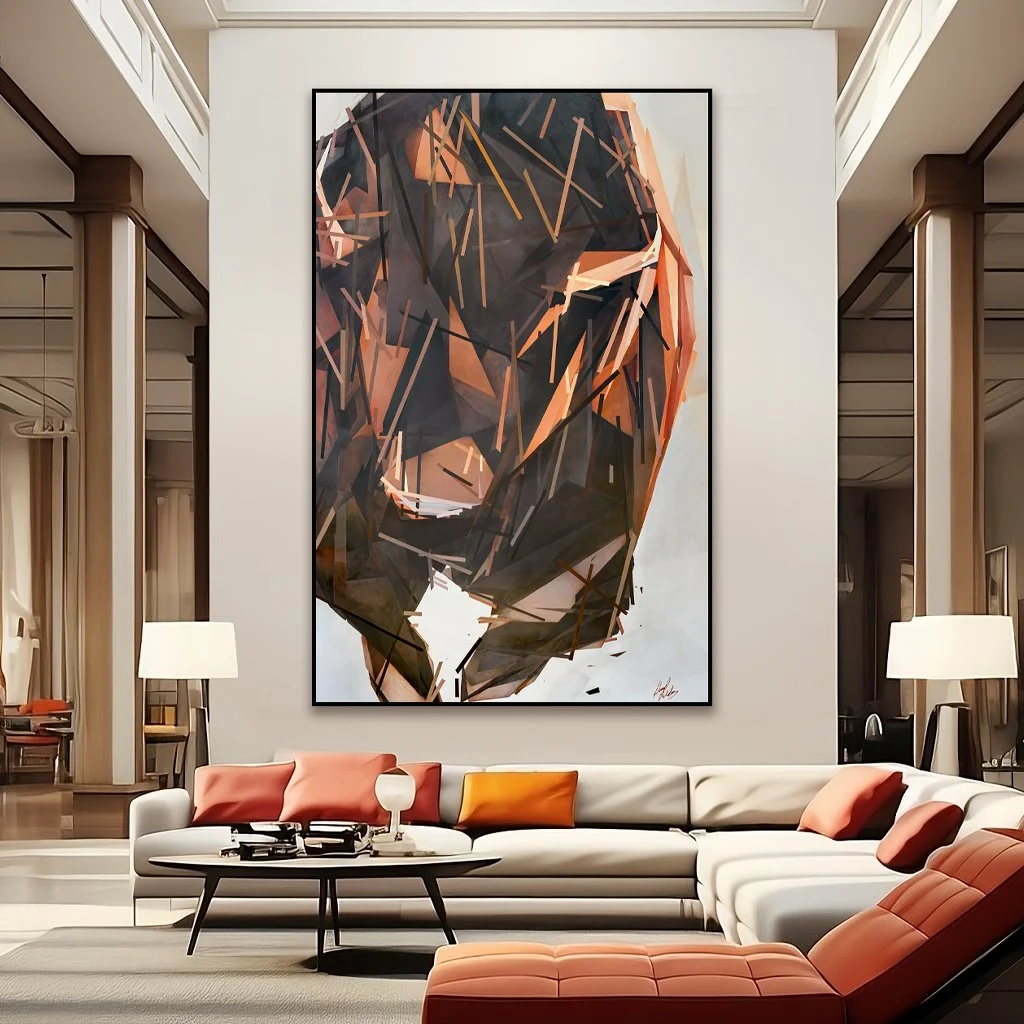Why Silhouette AF-655 Triggers Your Brain Differently
Something happens in your brain when you see deep brown. Benjamin Moore knows it. Their 2026 Color of the Year, Silhouette AF-655, is a rich espresso with charcoal undertones. It looks sophisticated. But sophistication is the surface story. Underneath, your visual cortex is processing this color differently than you might expect.
Your Brain Distinguishes Warm Colors More Precisely
Research from the National Eye Institute reveals something fascinating about how we perceive color. Humans have more distinct names for warm colors like browns, reds, and oranges than cool colors across all languages and cultures. The reason isn't linguistic. Brain activity patterns vary significantly more between light and dark warm hues than cool hues. Your propensity for distinguishing warm tones is rooted in how your brain processes color at a neurological level. Silhouette's espresso-brown composition engages these processing centers more actively than cooler alternatives. Your brain is working harder, creating more distinct neural signatures when you encounter this depth of warm tone.
Color Reaches Beyond Vision
Most people think color is purely visual. But 80 percent of our sensory impressions come from our visual system, and that visual information doesn't stay isolated in your occipital lobe. Research suggests the pituitary gland, responsible for body temperature, energy level, sleep pattern, metabolism, and sexuality, is sensitive to color stimulation. Silhouette's charcoal-espresso complexity engages multiple wavelengths simultaneously. This potentially influences the hypothalamus, a key brain region controlling hormone secretion and your body's self-regulation systems. Colors can affect your breathing, blood pressure, and even your body temperature. These are physiological responses, not aesthetic preferences.
The Shift Toward Darker Tones Makes Neurological Sense
Benjamin Moore's move from Cinnamon Slate to Silhouette represents more than trend forecasting. It reflects growing confidence in using colors that create stronger neural engagement. Brown triggers stability and grounding through ancient neurological pathways. Found most commonly in wood and earth, brown activates associations with nature that run deeper than conscious preference. For luxury spaces requiring both sophistication and psychological anchoring, Silhouette's burnt umber base taps into these evolutionary responses.
What This Means For Design
When architects and collectors choose Silhouette AF-655, they're selecting more than a paint chip. They're installing a color that creates measurable physiological responses in everyone who encounters it. The brain doesn't just see this color. It processes it through multiple pathways simultaneously, engaging visual cortex, limbic system, and potentially endocrine function. I've been exploring how art changes the physiology of the brain for decades. Color is one of the most direct tools we have for influencing neural states. Silhouette represents a cultural moment where deeper, more neurologically engaging tones are finally being recognized as sophisticated rather than heavy.
The spaces we create shape our internal states. Benjamin Moore's choice acknowledges that truth.

